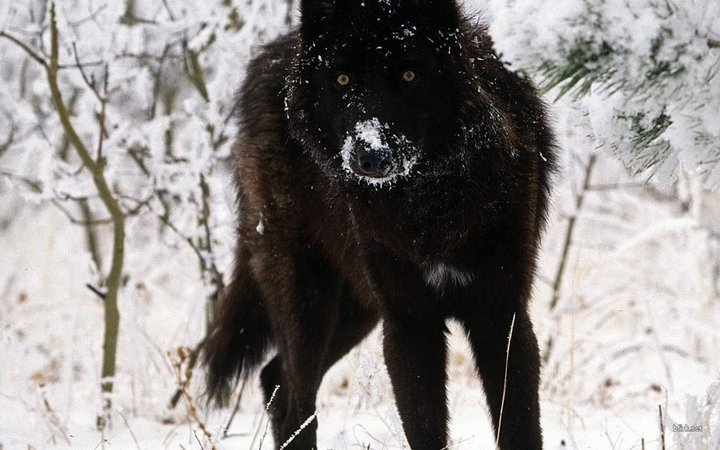
All Kinds of Wolves
This website is all about different kinds
of wolves!
- Wolf Species and Some Subspecies
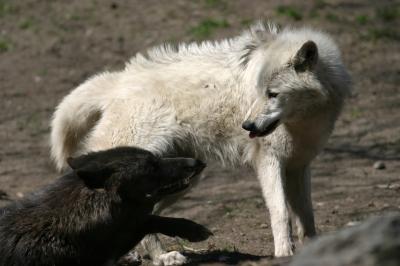
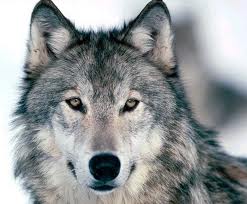
Gray Wolf
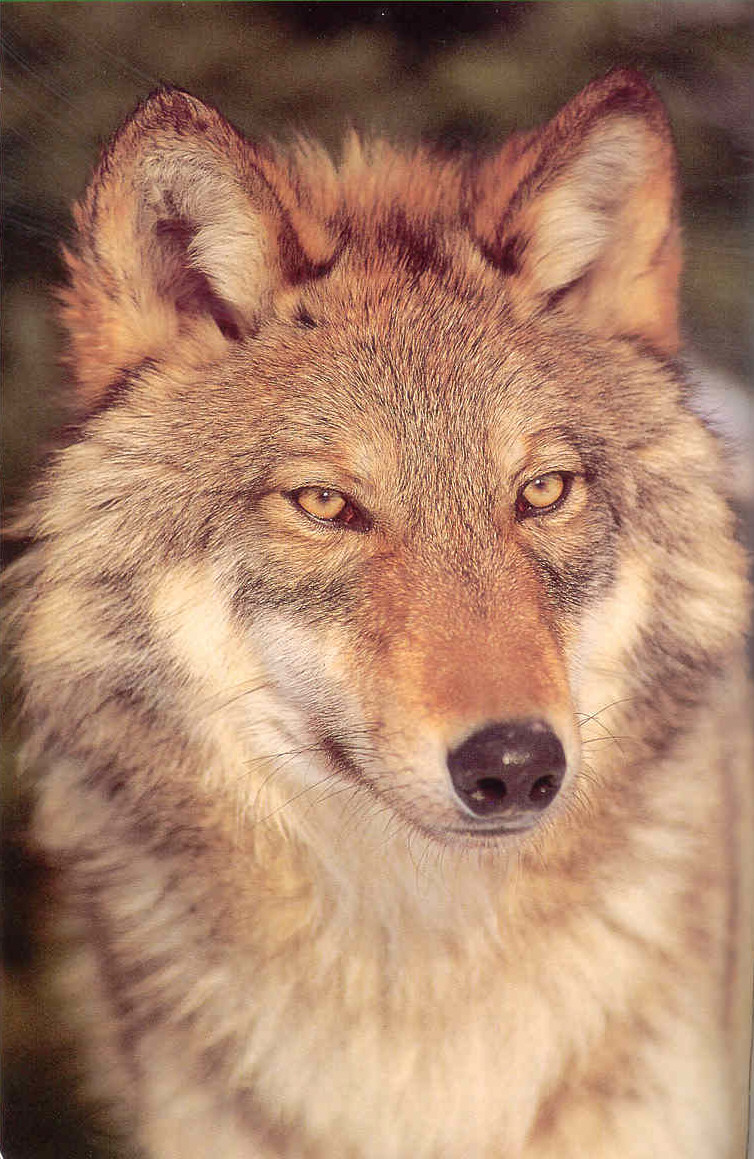
Red Wolf

Ethiopian Wolf
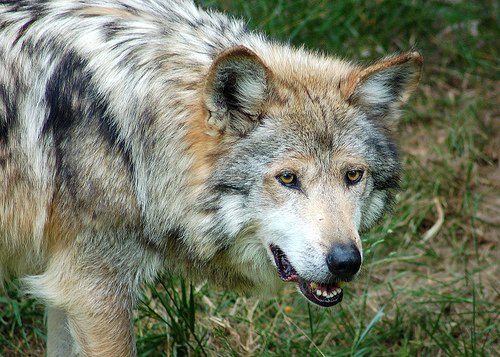
Mexican Wolf
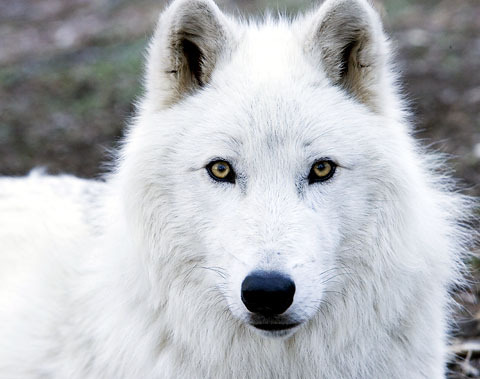
Arctic Wolf
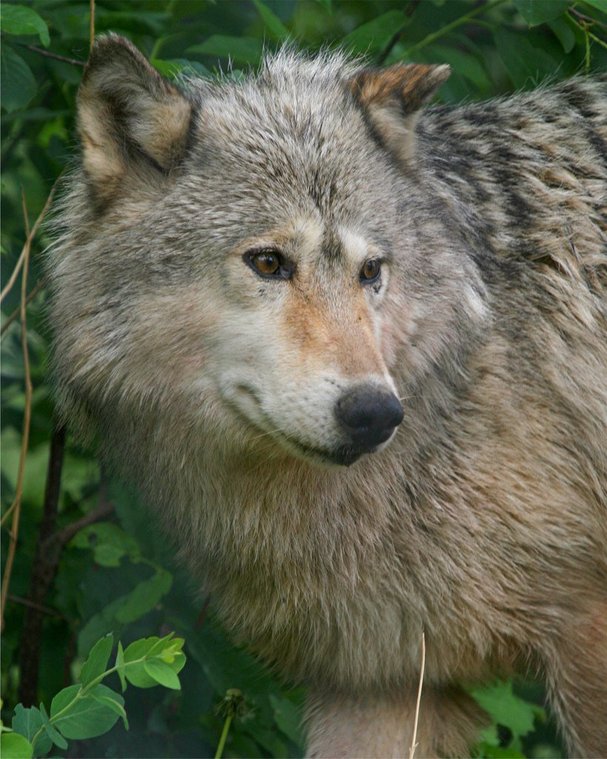
Eastern Wolf
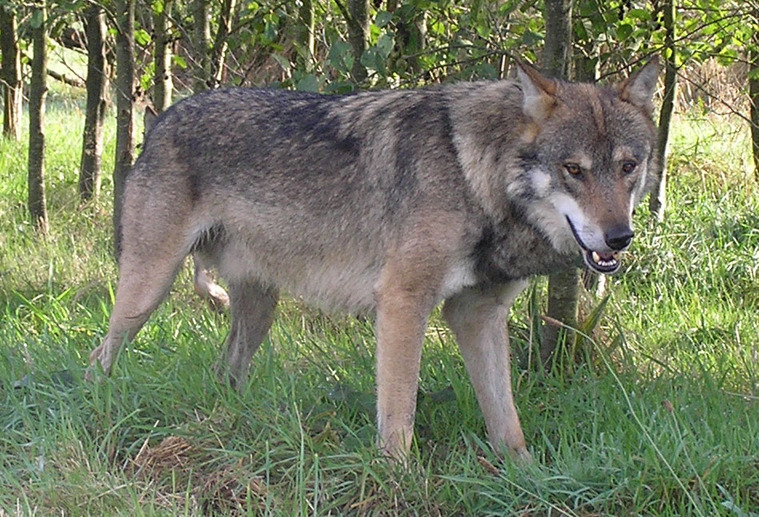
Eurasian Wolf
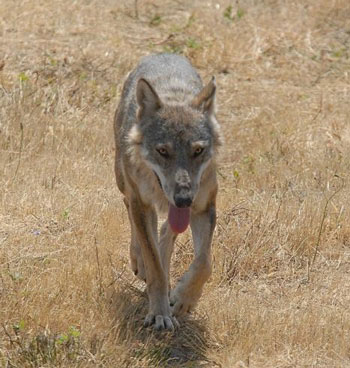
Italian Wolf
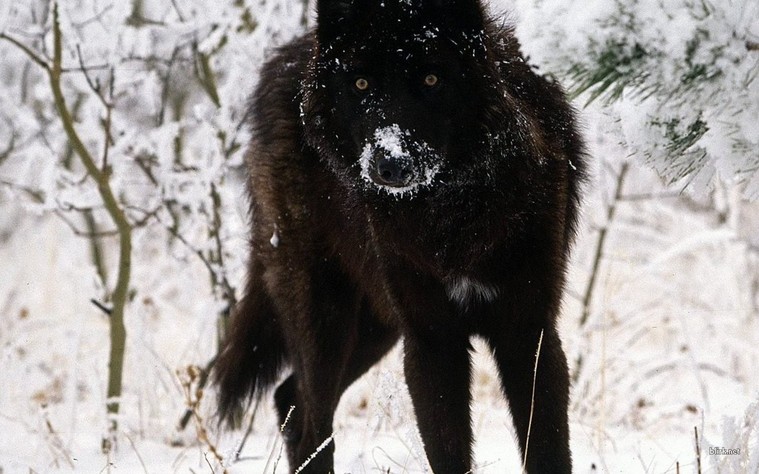
Black Tundra Wolf
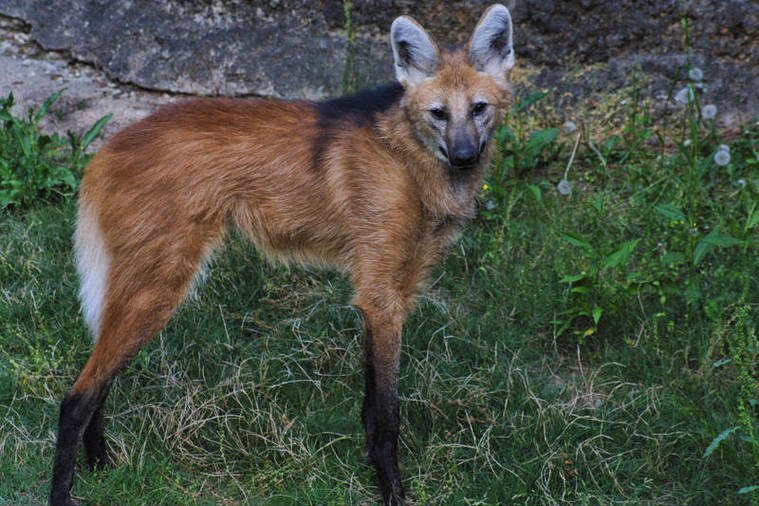
Maned Wolf
-Habitat
- In Europe, Asia, and North America.
- Mainly in Europe because it is colder.
- Recently more in Russia and Canada.
-Random Facts
- The Gray Wolf, being closely related to the domesticated dog, resembles German Shepherds and Malamutes.
- Their fur color can be anywhere from grizzled gray and/or black to solid white.
Red Wolf (Scientific Name-Canis Rufus)Mexican Wolf (Scientific Name-Canis lupus baileyi)
-Habitat
- Mainly in Southeastern United States-From Texas north to Illinois.
- Likes a hot, moist climate.
-Random Facts
- The Red Wolf was earlier thought to be a descendant of a cross between Gray Wolves and Coyotes until there were fossils of Red Wolves far older than Gray Wolves or Coyotes.
- The breed is considered to be extinct in the wild because of hybridization. This means that they are breeding with coyotes because they are more common than other Red Wolves. Another reason for there somewhat extinction is because they breed with the same mate their whole life.
Ethiopian Wolf (Scientific Name-Canis simensis)
-Habitat
- Obviously from Ethiopia, Africa. Most of the population, about 50% live in the Bale Mountains.
- Live in higher altitudes
-Random Facts
- This wolf is considered to be endangered. The cause of this is mainly humans.
- Other names for this wolf include: Simien Fox and Simien Jackal.
-Habitat
- The original habitat went through parts of Arizona, New Mexico, Texas, and Mexico.
- In 1976, they captured all the remaining Mexican Wolves from the wild after they were added to the Endangered Species list in 1973. They bred them and reintroduced 11 wolves into Arizona and New Mexico.
- Live in the desert and rocky, mountainous terrain.
- They live in a hot and dry climate
-Random Facts
- Smallest Subspecies of the Gray Wolf.
- The wolf is commonly called El lobo.
- It is generally gray with light brown fur.
- It has long legs and a sleek, aerodynamic body which enables it to run very fast.
Arctic Wolf (Scientific Name-Canis lupus arctos)
-Habitat
- Mainly in Alaska, northern Canada, and the eastern and Northern shores of Greenland, with just a few in New Zealand.
- They live in some of the most inhospitable lands on the earth. The temperature where they live hardly ever rises above -22 degrees Fahrenheit.
-Random Facts
- Appearance: Generally smaller than the Gray Wolf with a shorter muzzle, shorter ears, and shorter legs.
- Their main predators are polar bears, humans, and other wolves.
- Their packs usually include about 6 wolves.
- It is the only subspecies of the Gray Wolf to still range the entire span of its original habitat. This is mainly because humans have not migrated as far as where Arctic Wolves live.
- They are listed on the endangered species list as "least concern" but are hunted heavily for their pelts.
Eastern Wolf (Scientific Name-Canis lycaon)
-Habitat
- Found mainly in Deciduous and Coniferous forests in Ontario, Canada.
-Random Facts
- Due to hybridization they share genetic similarities to Gray Wolves and Coyotes, but are more similar to Red Wolves.
- Their color ranges from red to tan to gray with patches of red behind the ears and on the legs.
- Other names include: Algonquin Wolf, Eastern Canadian Wolf, and Eastern Forest Wolf.
Eurasian Wolf (Scientific Name-Canis lupus lupus)
-Habitat
- Has the widest range of habitat of all the subspecies of Gray Wolves. They are most common in Europe and Asia. Their habitat ranges from Mongolia, China, Russia, Scandinavia, and Western Europe. That's how it got its name-Europe+Asia=Eurasian.
-Random Facts
- Compared to the Gray Wolves of North America, Eurasian Wolves tend to have longer ears, narrower heads, and rougher fur.
- Other names include: Common Wolf, Steppes Wolf, Tibetan Wolf, Chinese Wolf, European Wolf, and Carpathian Wolf.
Italian Wolf (Scientific Name-Canis lupus italicus)
-Habitat
- Lives in Italy's Apennine Mountains but has recently been seen in Switzerland and Southern France.
-Random Facts
- Italy's national animal.
- In the 1980s it was discovered that there were somewhere around 220-240 Italian Wolves left in Italy. By the 90s that amount doubled. Now there are around 500-600 left in the wild.
Tundra Wolf (Scientific Name-Canis lupus albus)
-Habitat
- Lives throughout Northern Europe and Asia. They mainly live in the northern arctic and boreal areas of Russia.
-Random Facts
- One of the largest subspecies of the Gray Wolf. Robert Kerr classified it as a subspecies of the Gray Wolf in 1792.
- Some Tundra Wolves can get up to 7 feet long from nose to tip of the tail!
- Most coats are a combination of colors such as gray, black, and silver. (One to the left is solid black)
- In many of the former Soviet countries, it is legal to hunt wolves. There is no specific season, no limit to how many you can kill, and it doesn't matter how you kill them.
Maned Wolf (Scientific Name-Chrysocyon Brachyurus)
-Habitat
- Live mainly in the South American grasslands.
-Random Facts
- The Maned Wolf is in the same family as all other wolves, Canidae, but has a different genus so cannot be considered a true wolf.
- It is omnivorous, eating both plants and animals.
Other Subspecies
-Gray Wolf
- Arabian Wolf (Canis lupus arab)
- Kenai Peninsula Wolf (Canis lupus alces)
- Newfoundland Wolf (Canis lupus beothucus)
- Bernard's Wolf (Canis lupus bernardi)
- Steppe Wolf (Canis lupus campestris)
- Tibetan Wolf (Canis lupus laniger(chanco))
- British Columbia Wolf (Canis lupus columbianus)
- Vancouver Island Wolf (Canis lupus crassodon)
- Caspian Sea Wolf (Canis lupus cubanensis)
- Dingo (Canis lupus dingo)
- Dog (Canis lupus familiaris) (yes, the dog is a subspecies of the Gray Wolf)
- Florida Black Wolf (Canis lupus floridanus)
- Cascade Mountain Wolf (Canis lupus fuscus)
- Gregory's Wolf (Canis lupus gregoryi)
- Manitoba Wolf (Canis lupus griseoalbus)
- Hokkaido Wolf (Canis lupus hattai)
- Honshu Wolf (Canis lupus hodophilax)
- Hudson Bay Wolf (Canis lupus hudsonicus)
- Northern Rocky Mountain Wolf (Canis lupus irremotus)
- Labrador Wolf (Canis lupus labradorius)
- Alexander Archipelago Wolf (Canis lupus ligoni)
- Baffin Island Wolf (Canis lupus manningi)
- Mongolian Mountain Wolf (Canis lupus mogollonensis)
- Texas Wolf (Canis lupus monstrabilis)
- Great Plains Wolf (Canis lupus nubilus)
- Mackenzie Mountain Wolf (Canis lupus Occidentalis)
- Greenland Wolf (Canis lupus orion)
- Iranian Wolf (Canis lupus pallipes)
- Alaskan Wolf (Canis lupus pambasileus)
- Iberian Wolf (Canis lupus signatus)
- Alaskan Tundra Wolf (Canis lupus tundrarum)
- Southern Rocky Mountain Wolf (Canis lupus youngi)
-Red Wolf
- Red Wolf (Canis rufus rufus)
- Florida Red Wolf (Canis rufus Floridanus)
- Gregory's Wolf (Canus rufus gregoryi)
- I know that those were mentioned under Gray Wolf subspecies also. That is because all the subspecies of the Red Wolf and the Red Wolf are now considered to be Gray Wolves' subspecies. Most still consider them their own separate species, so I will list them on both. The Red Wolf is now identified as a subspecies of the Gray Wolf. I still view it as its own species though. So much controversy over this topic.
-Ethiopian Wolf
- Canis simensis citerni
- Canis simensis simensis








